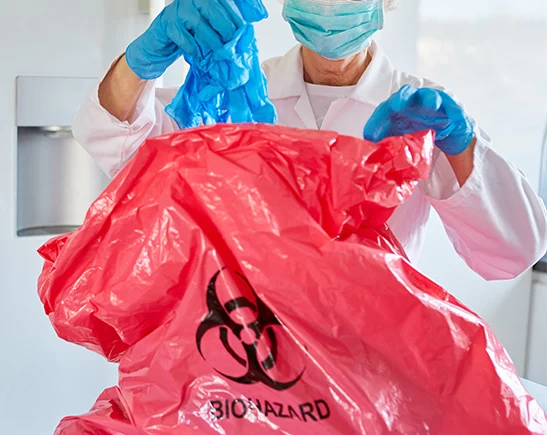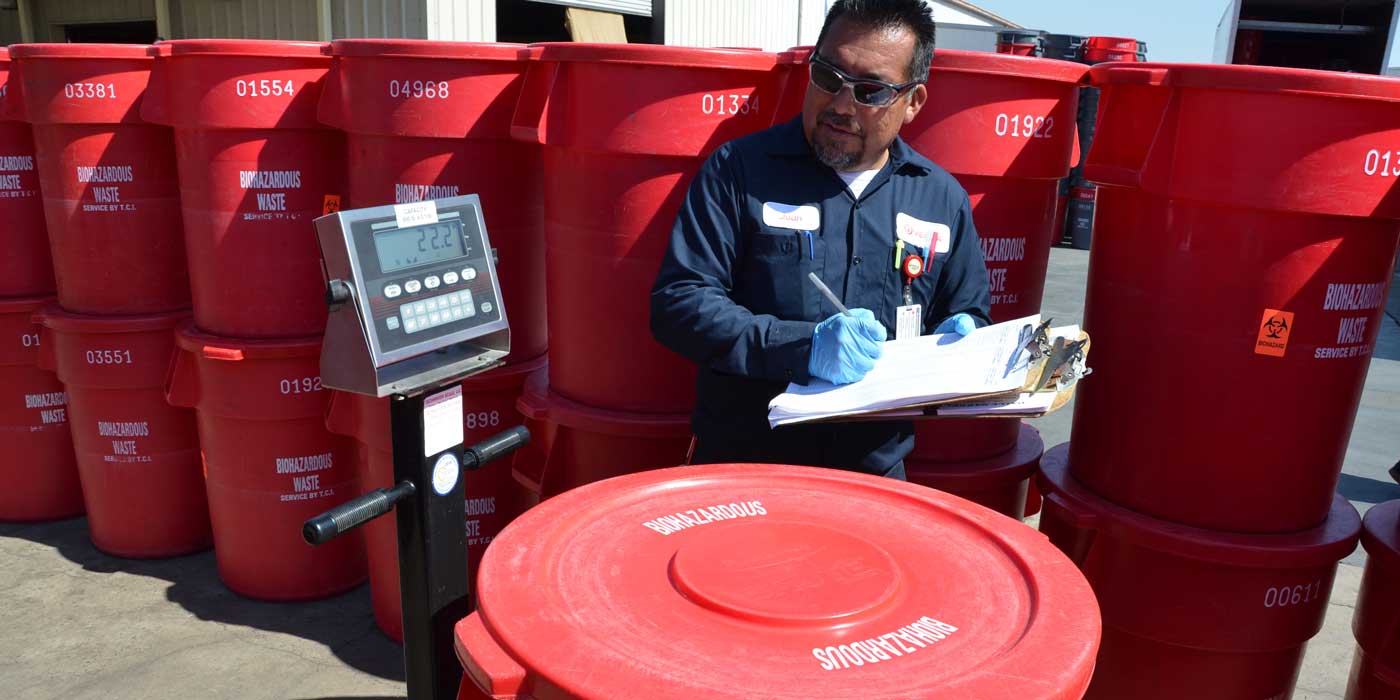Convenience at Your Doorstep: Locating Reliable Medical Waste Removal Near Me
Convenience at Your Doorstep: Locating Reliable Medical Waste Removal Near Me
Blog Article
Comprehending the Various Sorts Of Waste Disposal Methods
In the world of waste management, the range of disposal methods readily available today is vast and varied, each technique offering a distinctive objective in dealing with the difficulty of garbage disposal. click here. From reusing approaches that aim to provide brand-new life to products, to the intricate processes of harmful waste monitoring, the landscape of waste disposal is complicated yet vital for ecological sustainability. Understanding the nuances of these different methods not just loses light on the importance of liable waste monitoring yet also prompts us to reconsider our technique in the direction of garbage disposal in a swiftly evolving world

Recycling Techniques
Recycling approaches are vital for sustainable waste management techniques in both commercial and property settings. medical waste removal. By applying effective recycling strategies, a substantial amount of waste can be drawn away from garbage dumps, conserving all-natural resources and lowering the ecological impact of manufacturing processes
In household areas, curbside recycling programs play a vital duty in encouraging families to separate recyclable products from general waste. Materials such as paper, plastics, glass, and steels can be sorted and gathered for processing into new items, reducing the demand for basic materials and energy-intensive production procedures.
Industrial facilities likewise rely upon recycling approaches to reduce waste generation and advertise a round economic climate. By applying closed-loop systems, companies can recycle products within their production processes, lowering costs and environmental impact. medical waste removal. Furthermore, commercial recycling programs frequently entail collaborations with specialized reusing centers to make certain that materials are correctly arranged, refined, and rehabilitated right into the supply chain
Composting Techniques

Oxygenated static heap composting includes blending organic waste products in a big heap and frequently turning it to make sure proper oygenation. This technique is appropriate for smaller-scale procedures and families.
In-vessel composting involves putting natural waste in a closed container with regulated conditions for temperature level and oygenation. This technique is reliable for managing food waste in metropolitan locations. Windrow composting includes forming long rows of natural waste and on a regular basis turning them to advertise disintegration. This strategy is generally utilized in farming settings.
Land Fill Disposal
Landfill disposal is a typically utilized method for managing waste that can not be reused or composted. Methane gas, a result of decaying natural waste in land fills, is commonly gathered and utilized as a source of eco-friendly power. Efforts to reduce reliance on land fills consist of promoting waste reduction, recycling, and checking out alternate waste disposal approaches to decrease the ecological impact associated with traditional landfill disposal techniques.

Waste-to-Energy Incineration
Incineration of waste for power generation is an approach increasingly being considered as a choice to conventional land fill disposal techniques. Waste-to-energy incineration includes the burning of waste materials at heats, typically in specialized facilities created to create electrical power or warmth via the process - click here. This method not just decreases the quantity of waste that would otherwise be predestined for land fills but additionally harnesses the warm generated throughout incineration to create power
Among the key advantages of waste-to-energy incineration is its capability Homepage to create electrical power while lessening the ecological impact compared to traditional land fill disposal methods. By converting waste into power, this strategy aids in reducing greenhouse gas discharges and dependence on nonrenewable fuel sources for power generation. Additionally, waste-to-energy facilities are equipped with innovative air contamination control technologies to reduce prospective ecological contaminants launched throughout the burning procedure.
Hazardous Waste Management

Thinking about the important relevance of liable waste administration methods, especially in the realm of environmental sustainability, the emphasis currently moves towards the intricate domain of Contaminated materials Administration. Harmful waste positions significant dangers to both human health and the environment, demanding specialized handling and disposal techniques. Usual instances of contaminated materials include chemicals, batteries, chemicals, and electronic waste.
Dangerous Waste Management entails the identification, collection, transportation, therapy, and disposal of materials regarded unsafe or potentially dangerous. This procedure needs adherence to strict guidelines and guidelines to minimize negative influences on ecological communities and public health and wellness. Numerous techniques are employed in handling contaminated materials, consisting of recycling, protected land fills, encapsulation, and chemical treatment.
Correct Dangerous Waste Monitoring is important for preventing contamination of dirt, water resources, and air pollution. It is crucial for markets, research laboratories, health care centers, and other generators of contaminated materials to implement durable management methods, training programs, and emergency situation reaction intends to ensure the risk-free handling and disposal of these products. Failure to handle unsafe waste appropriately can have far-reaching effects, emphasizing the relevance of thorough and liable methods in this area.
Conclusion
In final thought, waste disposal methods play an important function in managing and reducing the effect of waste on the atmosphere. It is essential for sectors and people to recognize the various waste disposal methods offered and choose the most appropriate approach for lasting waste administration.
In the realm of waste monitoring, the range of disposal strategies available today is vast and differed, each technique serving a distinct objective in attending to the difficulty of waste disposal. click here. From recycling methods that aim to offer brand-new life to materials, to the elaborate processes of unsafe waste monitoring, the landscape of waste disposal is complicated yet important for environmental sustainability. Understanding the subtleties of these various techniques not just loses light on the relevance of accountable waste management yet additionally triggers us to rethink our strategy towards waste disposal in a rapidly advancing world
Initiatives to minimize reliance on land fills include promoting waste decrease, recycling, and discovering alternate waste disposal approaches to lessen the environmental impact associated with typical garbage dump disposal practices.
It is crucial for individuals and sectors to comprehend the various waste disposal techniques readily available and select the most ideal technique for lasting waste administration.
Report this page